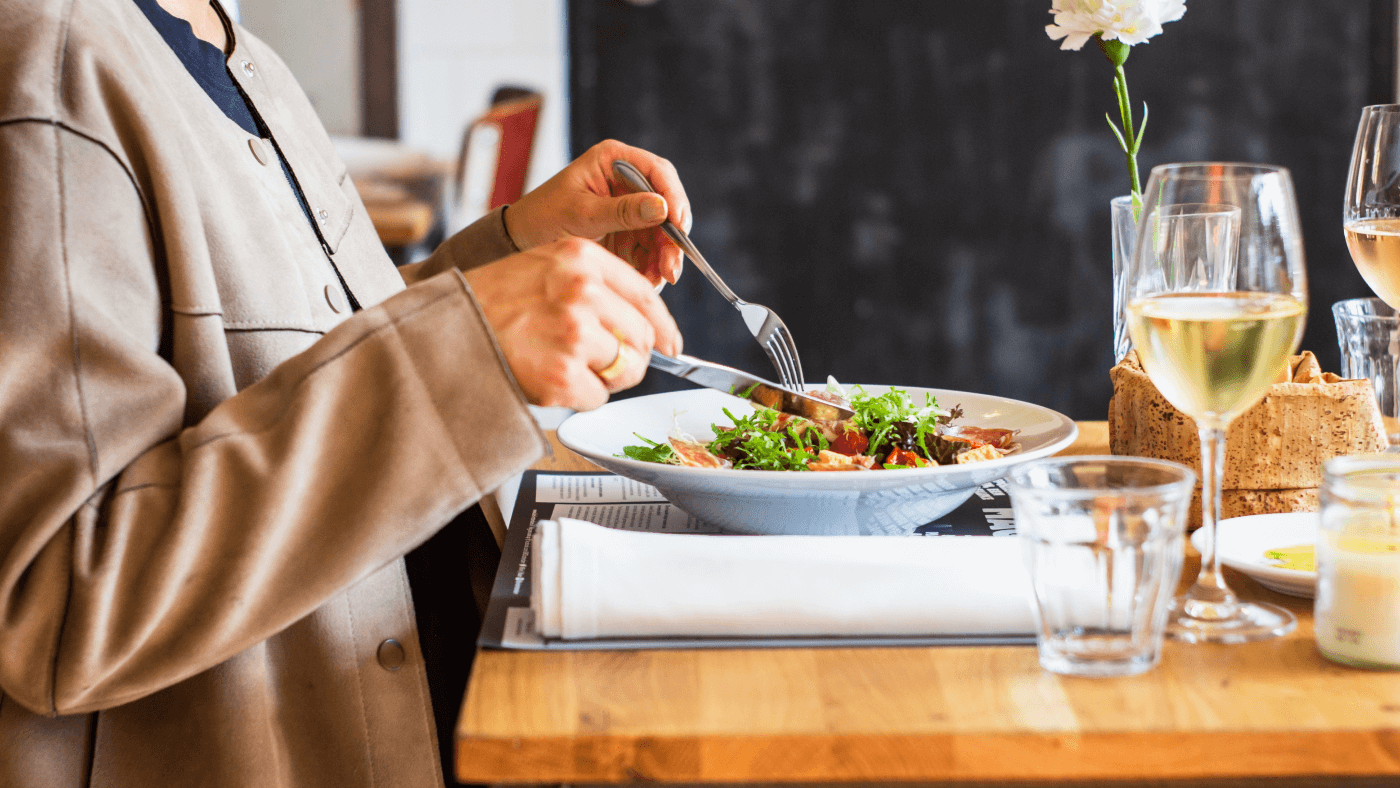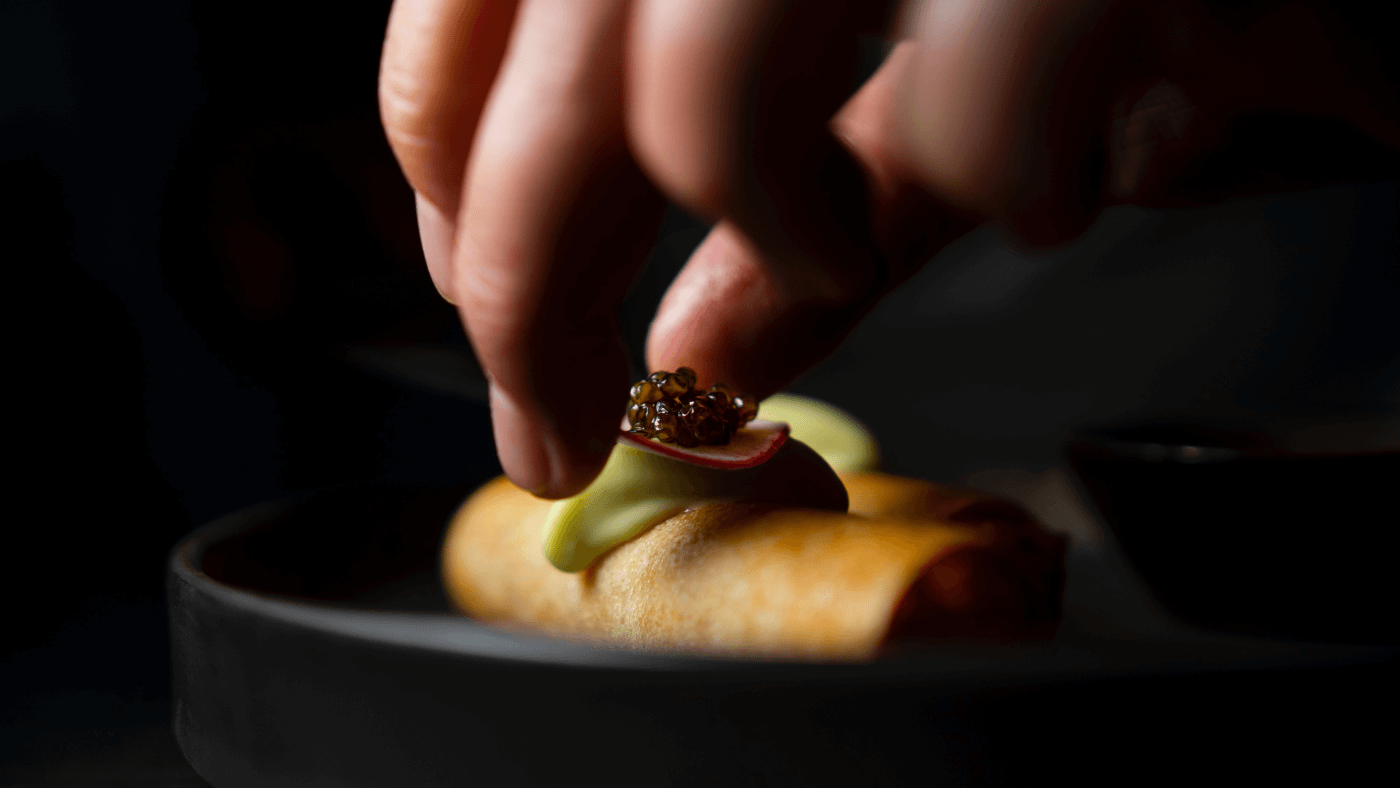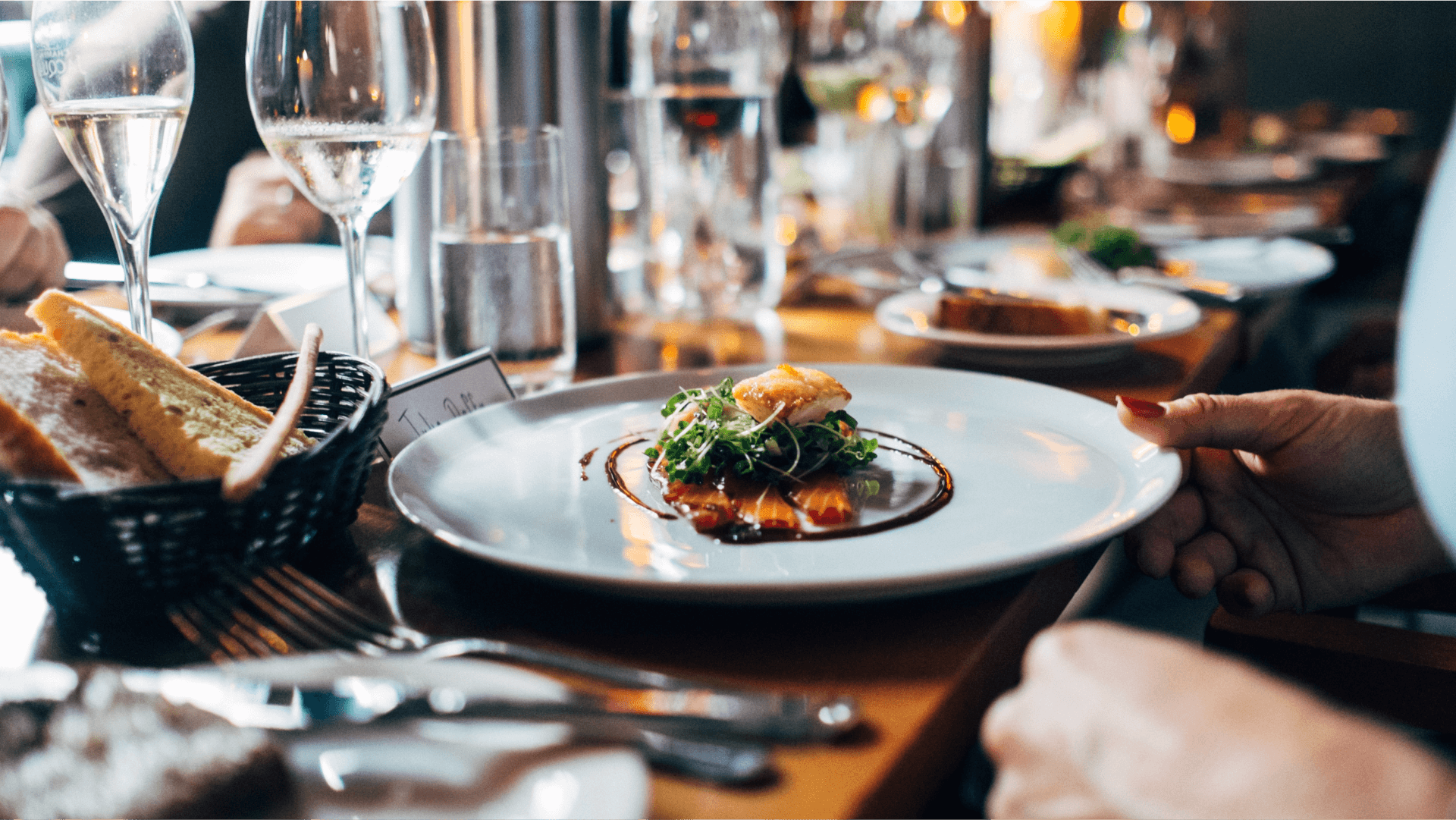In the highly competitive world of the restaurant business, standing out from the crowd is the key to success. But how do you measure up against the very best in the industry? That’s where benchmarking comes in.
To benchmark a restaurant, you have to compare your business processes and performance with similar restaurants in your industry and see how you measure up against the very best.
This ongoing exercise helps you evaluate how well your restaurant is doing – in terms of quality, time and costs. Ultimately, the point of benchmarking is to identify internal opportunities for improvement.
How do you benchmark your restaurant?
Don’t look at your business in isolation instead, you should look at its position within the industry, your market share, and how you can learn from your competitors.
Venture into their establishments, and experience their food, service and space for yourself. Few consider how their business can contribute to the industry as a whole – but it is a vital consideration if you wish to be a serious, respected player.

Image: Unsplash, Louis Hansel
Benchmarking is a simple, five-step process:
- Identify who your competitors are.
- Choose which product or service to evaluate.
- Gather as much information as possible about what, how and why they do what they do well. Then answer the question: Why are they the market leaders?
- Scrutinise your performance against theirs, and discover the gaps and untapped potential.
- Formulate a strategy to fill those gaps and up your game.
Benchmarking will help you identify which changes will make the most difference, you then need to implement those changes – rather than simply being aware of them.
To improve the service in our restaurants, we should hire a team not only for their skills but for their attitude, and then train them to deliver the “best in class” experience to every guest.
“Quality is never an accident; it is always the result of high intention, sincere effort, intelligent direction and skilful execution; it represents the wise choice of many alternatives.” – William A. Foster
Benchmarking South Africa’s best restaurants
One of the most important (and glorious) aspects of my annual job evaluating the Plate status of a restaurant is to compare it to its global counterparts. The business landscape changes daily, as do the expectations of diners worldwide.
As most Plated restaurants in South Africa offer culinary experiences that discerning diners from around the world travel to enjoy, we need to know what they experience in their countries and determine their standards. – Jenny Handley
Every year, I try to visit another country or two, eat at one, two and three-Michelin-starred restaurants, and interview their chefs. I’m confident that we can hold our own in South Africa when it comes to food. In service? Not always, but we know how to improve – with training.

Image: Unsplash, Ben Koorengevel
Sharing knowledge and expertise – benchmarking at its best
At the launch of the 2023 JHP Gourmet Guide™ last year, we awarded Plate status to 36 restaurants and rewarded 6 chefs with Haute Performance awards. Embracing the spirit of camaraderie and knowledge sharing, we asked chefs from these restaurants to invite other chefs to dine at their tables. It has been a great experiment in which friendships, comparisons and learning models have transpired.
This is genuine benchmarking at its best. With the addition of sharing knowledge and expertise, we will, together, make the industry a better place. No one ever dines at one restaurant when touring South Africa, so restaurants need to know what their competitors offer, and how to market their businesses too.



0 Comments